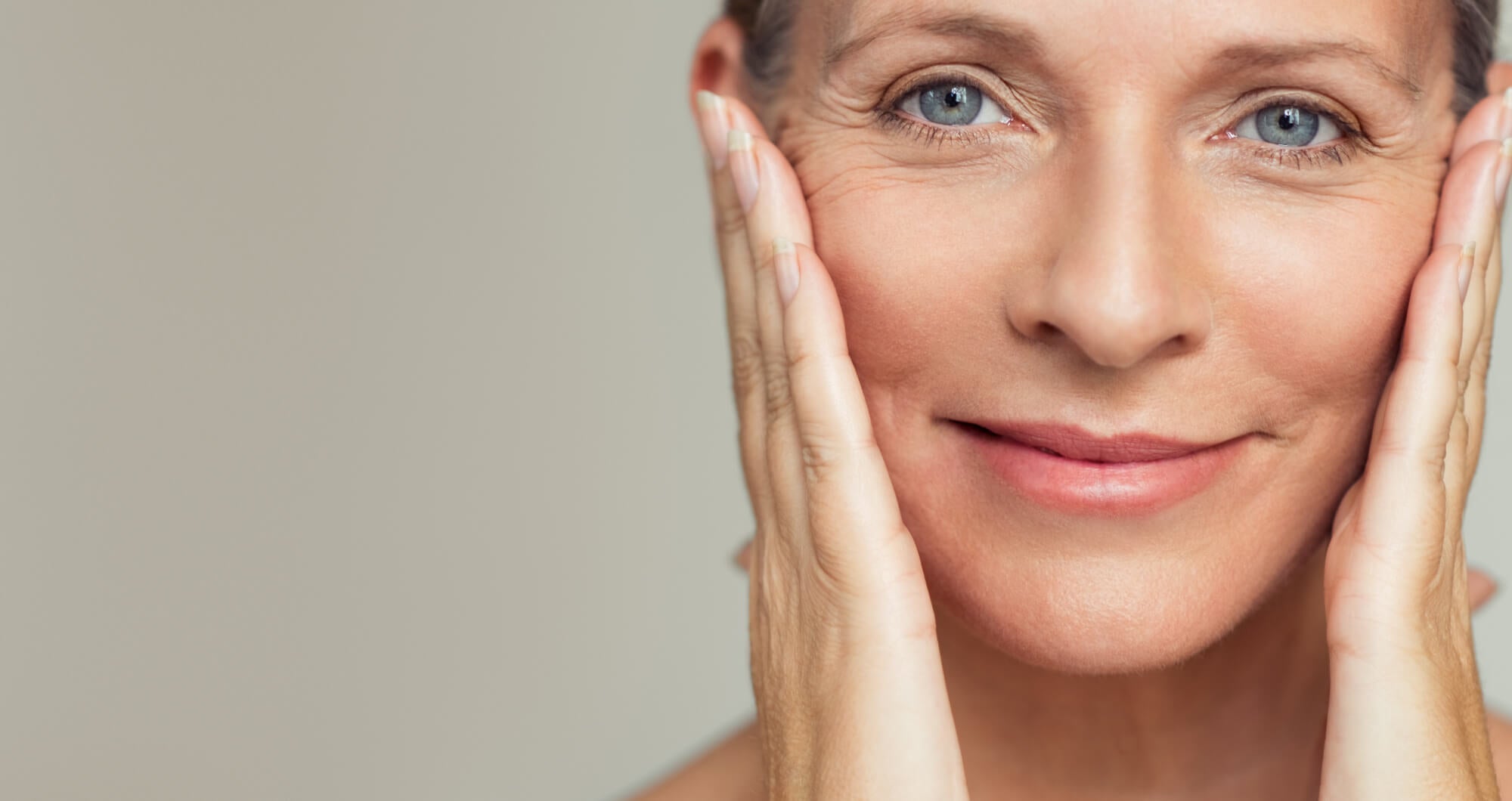
How Low Oestrogen Affects Our Skin
By Lucia Ferrari
“It must be my hormones.” For lots of women hovering around middle aged this seems to be the go-to refrain for explaining a multitude of different symptoms. But so much talk about hormones, and oestrogen in particular has not necessarily brought much clarity around the subject. What most of us going through menopause do notice among a multitude of other symptoms ranging from brain fog, sleeping difficulties and higher anxiety levels is that our skin is one of the first things to suffer.
But first things first. What is oestrogen? Oestrogen is a group of hormones (there are three types: oestradiol, oestriol and oestrone) that help regulate the menstrual cycle and has an impact on various parts of the body including the urinary tract, bones, breasts, heart, pelvic muscles and the brain. As far as our skin is concerned oestrogen enhances the production of collagen and elastin in our skin (the proteins responsible for helping to keep our skin look and feel firm and youthful. Oestrogen also helps with wound healing and preserving the skin’s barrier function, and increases its hyaluronic-acid content to keep skin hydrated. In a nutshell, it’s key to how our skin looks and behaves. When our oestrogen levels start dipping in perimenopause and menopause, it slows down our collagen production and also affects our skin’s ability to retain moisture which is lowered as our skin barrier doesn’t function as well as it used to. Consultant Dermatologist Ophelia Veraitch explains, “Collagen is an essential protein that makes up 75% to 80% of our skin – it acts like the scaffolding to keep it smooth and bouncy. When collagen production slows down with dipping oestrogen levels, our skin begins to show signs of ageing such as fine lines, wrinkles and loss of volume”.
Switching up our skincare and exploring some in clinic treatment options are the obvious ways to help combat low oestrogen levels. Women who take HRT will also see benefits to their skin but as Dr Ophelia says, “Taking HRT should not be considered merely because of the benefits it has on the skin and it should only be considered if you are suffering from other issues such as sleep disruption, night sweats, anxiety or depression. It’s also important that you see a GP who specialises in HRT or even better a gynaecologist or endocrinologist as the dose should be carefully administered or it can cause other issues. I see patients in my clinic who have been prescribed too high doses or sub-optimal combinations of HRT and then suffer from hair loss, acne or hormonal pigmentation known as melasma. This arena still needs better regulation, as today even aesthetic doctors will prescribe HRT. As a dermatologist I advise on how HRT can impact our skin or hair, but it is not something I prescribe as it’s out of my area of expertise.”
Here’s how we can combat low oestrogen with skincare and treatments.
Quench Dry Skin
Dry skin is a hallmark of menopausal skin as the skin’s barrier may not be as efficient as it once was so may not be retaining enough moisture. You can up the ante with a good quality hyaluronic acid and lipid rich skin moisturiser or serum. Look out for formulas that lock water in or have humectants which attract water in. Eucerin Urea Repair Replenishing Face Cream is recommended by dermatologists as it is hydrating and contains lipids and ceramides to help strengthen the skin barrier and protect from moisture loss. Skinceuticals A.G.E. interrupter or Triple Lipid are more luxurious daily moisturisers that Dr Ophelia also recommends.
Introduce a Retinol
Dr Ophelia recommends introducing a retinol in your pre-bed skincare routine, “It will target the appearance of fine lines and wrinkles and increase the skin’s rate of cell turnover which also slows down as oestrogen levels drop,” she explains. Retinoids are a positive step for an improvement in all over skin quality but should be introduced gently. Dr Ophelia has a bespoke range of anti-ageing skincare where she can prescribe the precise level of retinoid which will be beneficial to you and won’t cause irritation.
Manage Blemishes
To add insult to injury, breakouts can also be an aggravating by-product of hormonal change. Breakouts can be particularly challenging if your skin is dry as anti-blemish solutions are often even more irritating in this context. Note that retinoids can help prevent breakouts, but it may also be useful to equip yourself with an anti-inflammatory product for active blemishes. Good ones may include ingredients such as tranexamic acid, azelaic acid or glycolic acid. You can apply over moisturiser if you’re prone to dryness and keep the product localised to the spot.
Try a skin brightening product
The slower cell turnover around midlife means that there may be a build-up of dead skin cells on the surface of the skin which can result in the skin looking a bit flat or sallow, as quite simply the light can’t bounce off it as easily. Using a Vitamin C product in your routine, can improve cell turnover and it may help slow down the production of melanin which causes hyperpigmentation and dark ‘age spots’.
Be vigilant about SPF
We know we have to wear daily SPF at every age to protect from skin cancer, but when the skin ageing process suddenly seems to accelerate in midlife, wearing SPF feels even more crucial as well as protecting from skin cancers (which are more prevalent as we age) to helping protect our skin from future damage. As a general rule, Dr Ophelia suggests wearing an SPF 30 during the winter months and an SPF 50 during the summer. The textures are so much lighter than they used to be. Dr Ophelia often recommends Skinceuticals Brightening UV Defence SPF 30 which is lightweight but also hydrating. It’s also very good as a base under makeup. Heliocare Oil Free Gel SPF 50 also has good protect with a light coverage, which is useful for masking some age related skin changes such as redness, blemishes or pigmentation.
Consider an in-clinic treatment
This is a good time to think about a targeted anti-ageing treatment to reduce the impact of visible ageing if it bothers you. Anti-wrinkle injections can soften and reduce lines and wrinkles and work well on the forehead and the ‘11’ lines in between the brows. Skin boosters such as Profhilo and Polynucleotides are also good entry-level treatments which can help improve hydration and the appearance of crepey looking skin. Profhilo are injections of pure hyaluronic acid which create cellular hydration and also stimulate collagen regeneration. There are plenty of non-injectable options also such as energy based treatments like Thermage FLX which can work well for tightening ageing skin and also improving the overall look of the skin as they use Radiofrequency which stimulates our own collagen production so are good choices for patients who don’t want to inject anything into their skin but want real results.
Shop Bestsellers

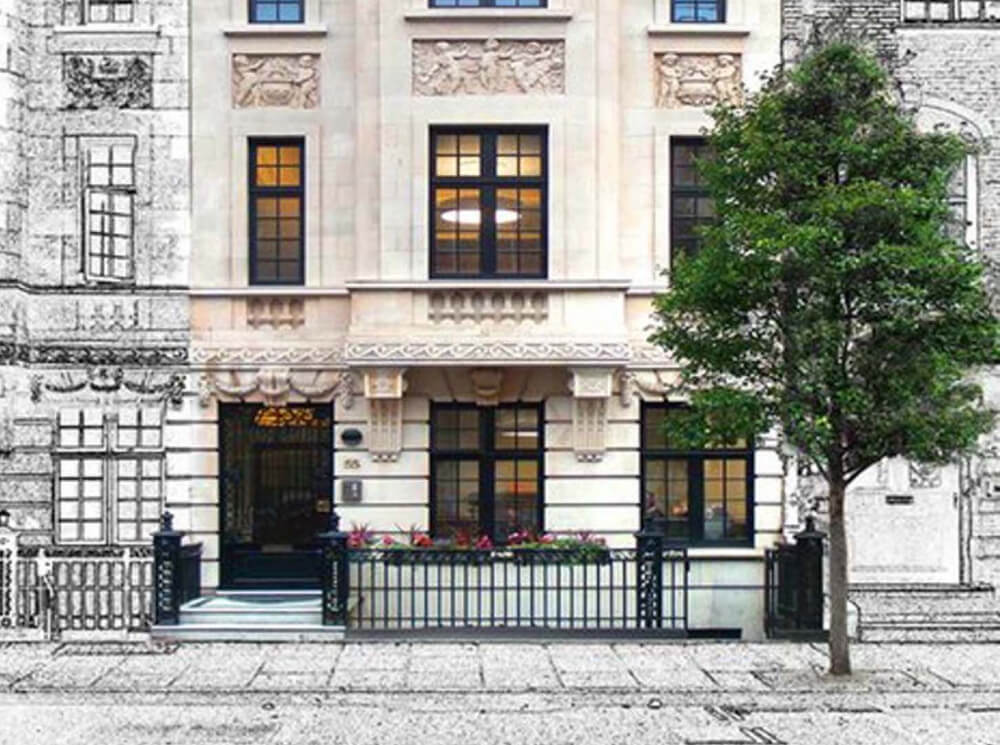

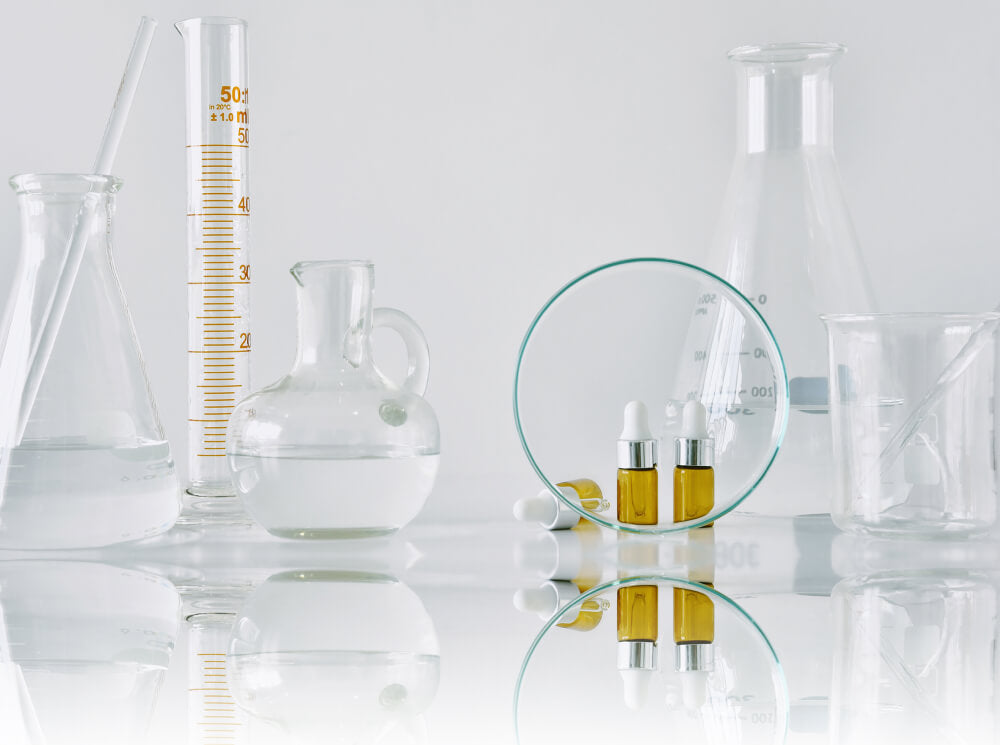


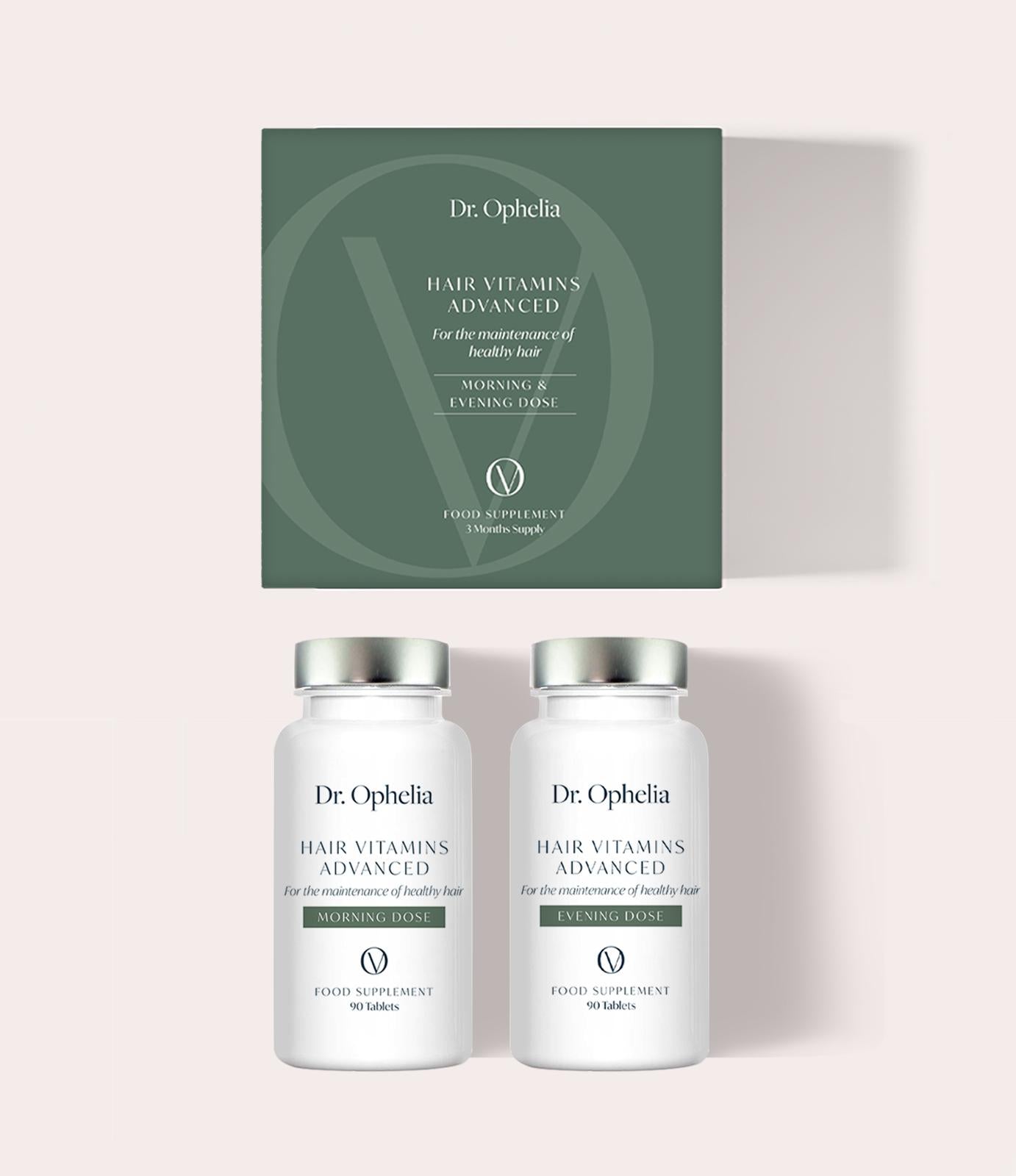
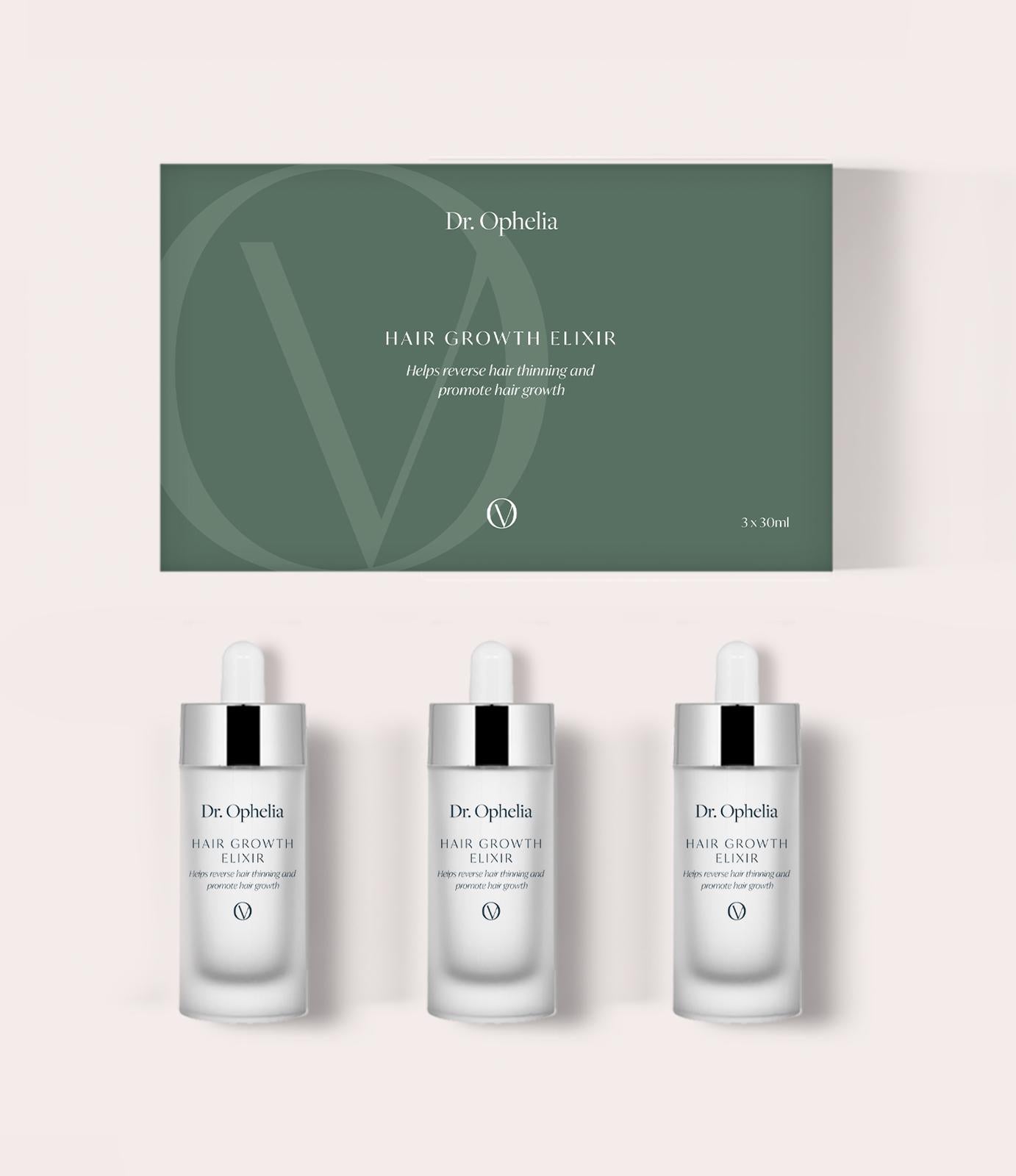
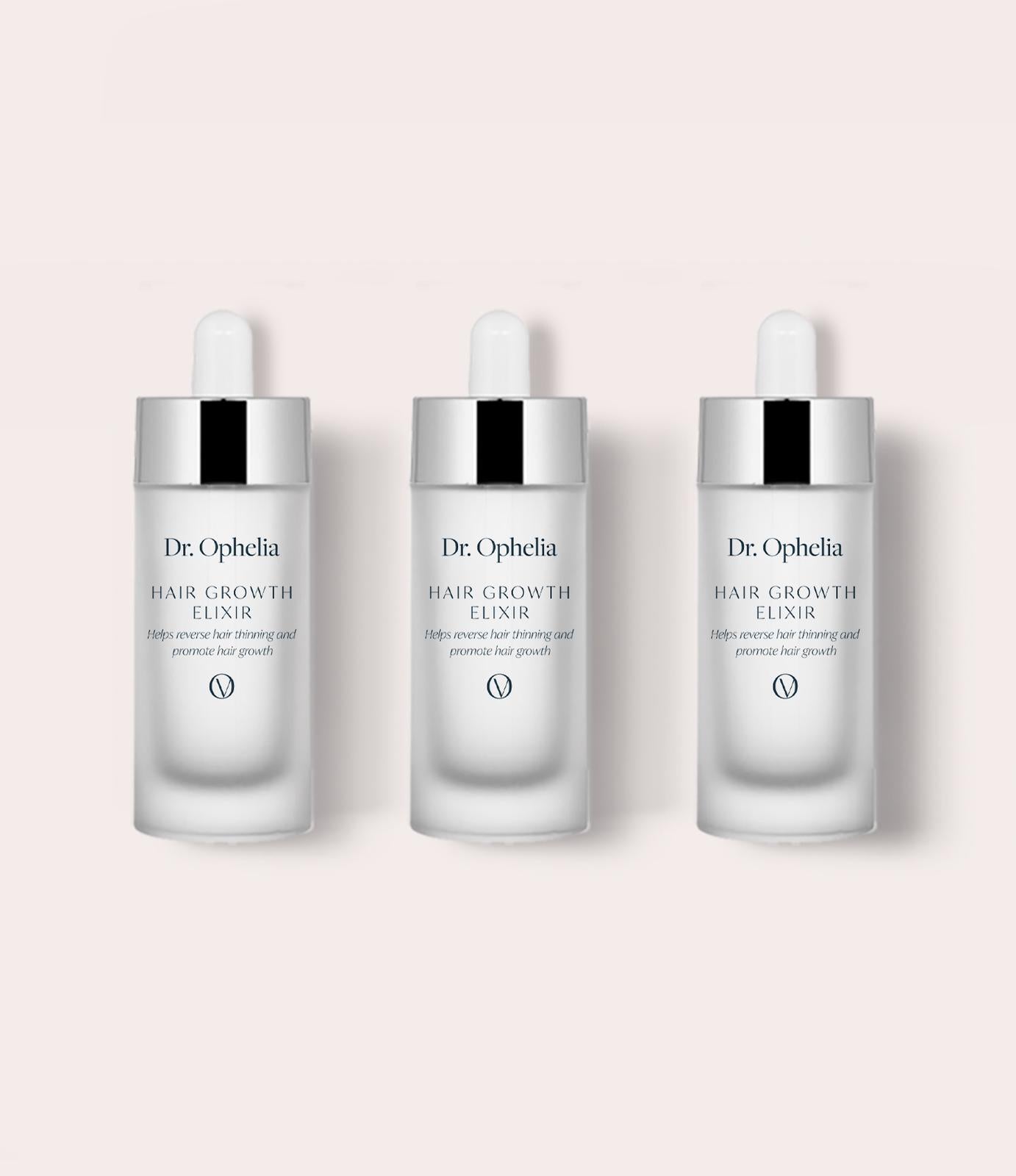
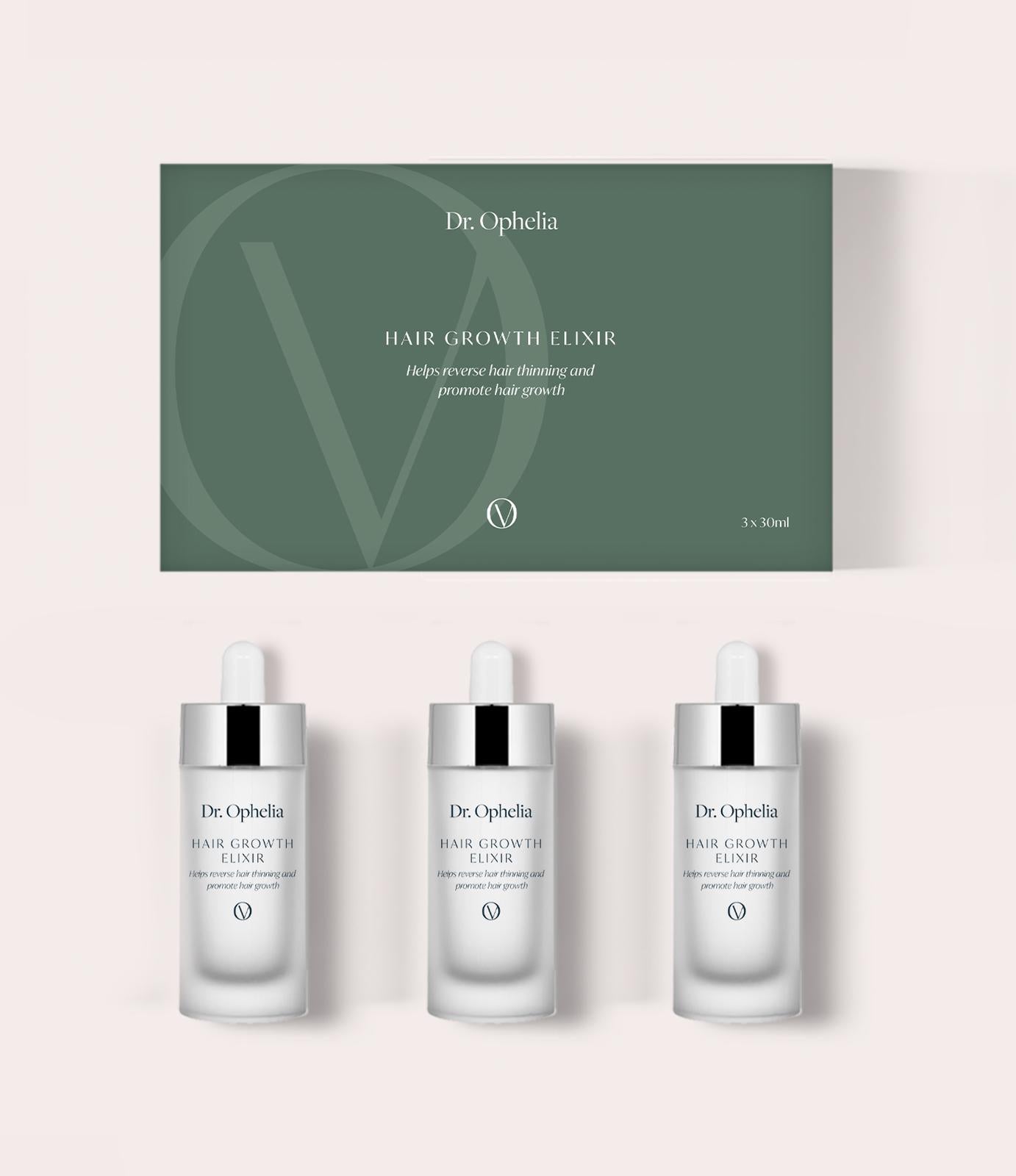
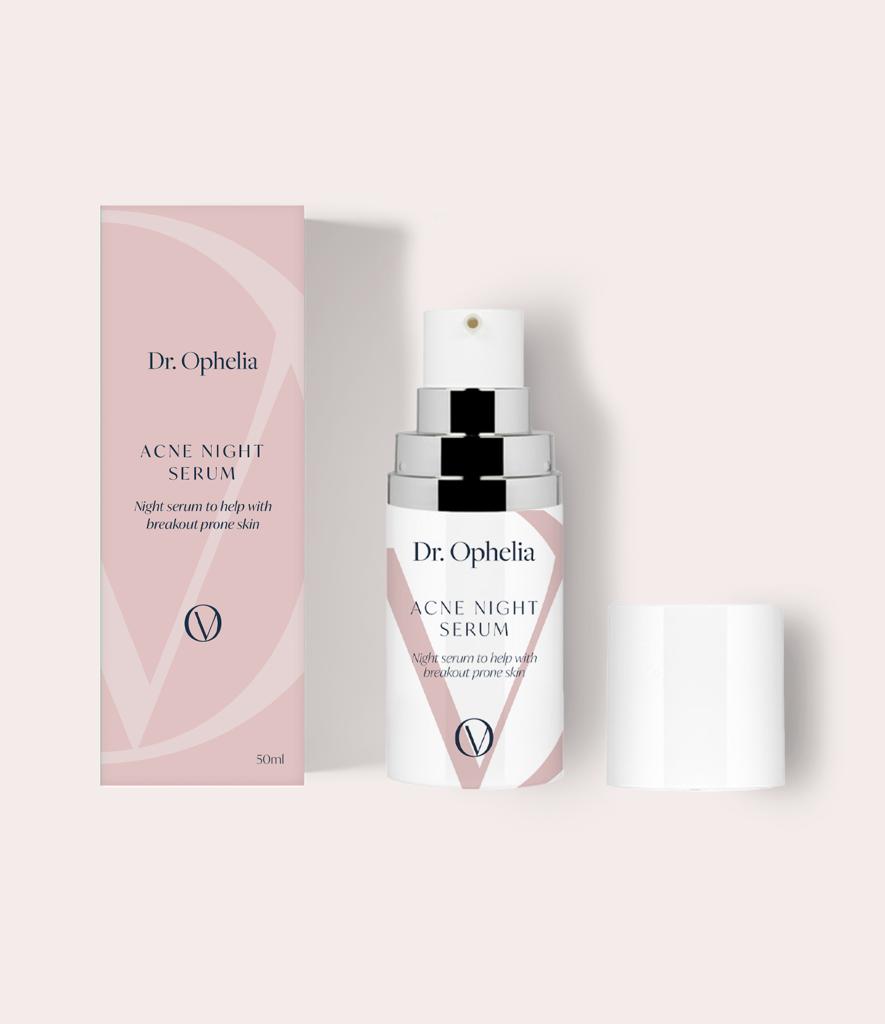



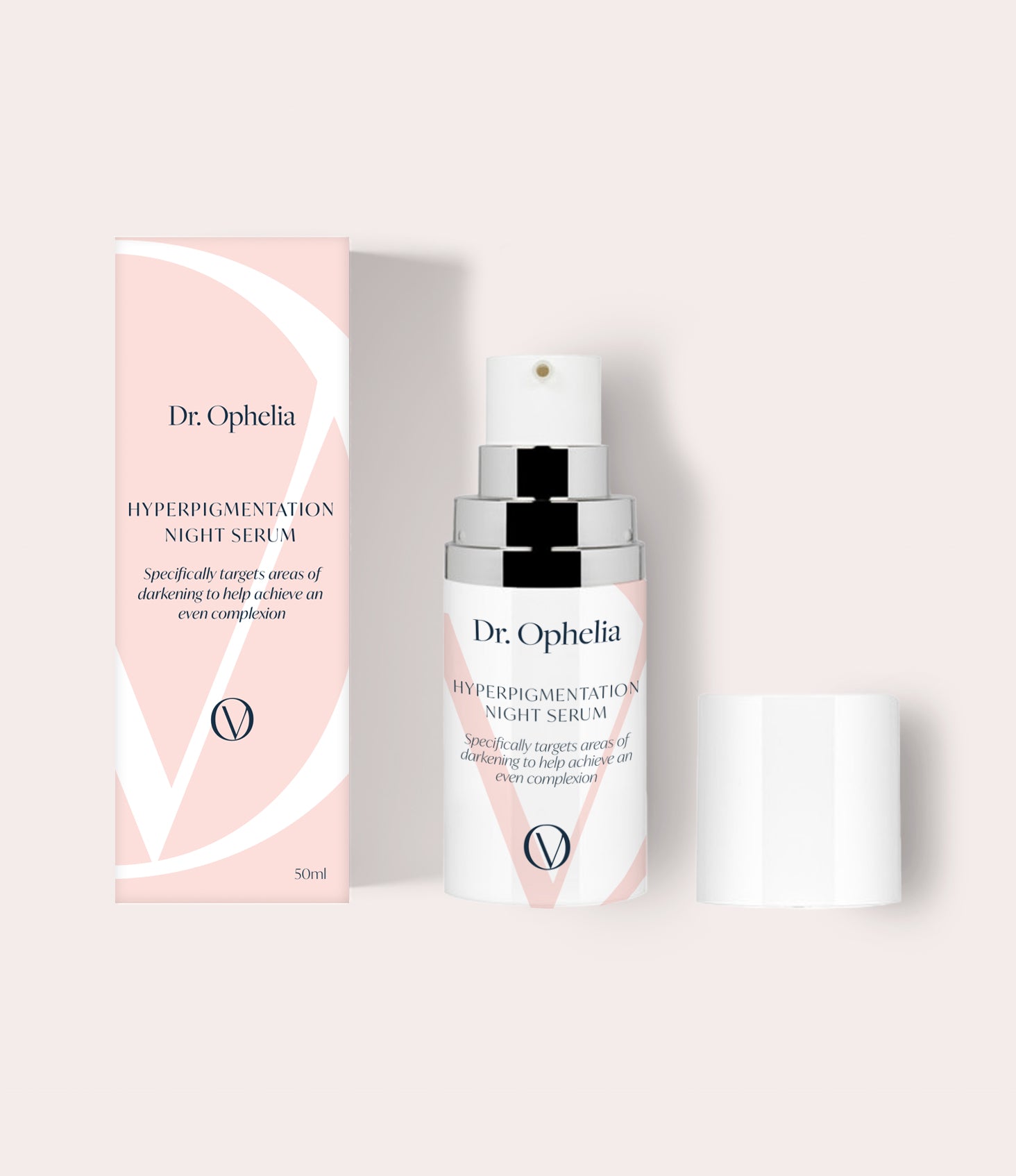
Leave a comment
This site is protected by hCaptcha and the hCaptcha Privacy Policy and Terms of Service apply.